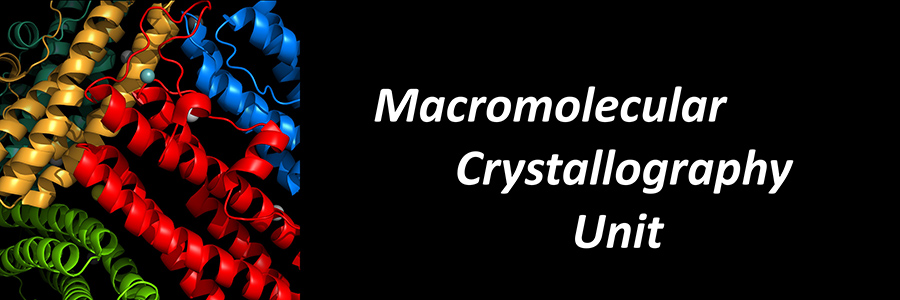Carrondo Lab - Structural Genomics
The Structural Genomics Laboratory studies proteins involved in diverse biological processes, such as DNA repair and protection, oxidative stress resistance and hydrogen sulfide metabolism, by a structural genomics approach. The lab combines structural biology methodologies like X-ray crystallography and Small Angle X-ray Scattering (SAXS), with X-ray imaging, biochemical, biophysical and spectroscopic analysis. Moreover, we are also building our knowledge on Cryo-Electron Microscopy through the Twining Project Horizon 2020 IMpaCT. The Laboratory is composed of three research teams which are integrated in the MOSTMICRO and iNOVA4Health Research Units at ITQB NOVA.
Romão Team || Oxidative stress
All organisms have mechanisms that allow them to survive to a burst of reactive oxygen species; in fact this event consists on a defense mechanism of human phagocytes against pathogens. The study of cellular mechanisms involved in oxidative stress response in prokaryotes will guide the research in terms of scientific approaches to overcome the infection by prokaryotes. The capacity of prokaryotes to survive to the highly reactive oxygen species which are produced by a stepwise one electron reduction of molecular oxygen, rely on different detoxification cellular mechanisms.
Moe Team || DNA repair
Our main research activity is within the field of DNA repair, with a strong focus on Base Excision Repair (BER). In order to provide new information to this field we use an integrated structural biology approach and study BER enzymes from a wide range of organisms including the extremely radiation and desiccation resistant bacterium Deinococcus radiodurans, the fish pathogen Aliivibrio salmonicida, the human pathogen Vibrio cholerae, Atlantic cod (Gadus morhua) and human. The majority of our enzymes originate from D. radiodurans, which tolerates 200 times higher radiation doses than other microorganisms, without losing viability. The mechanism behind the high radiation resistance is not known but is probably a result of the dual resistance (radiation and desiccation) and a combination of a highly efficient DNA repair machinery, a densely packed genome and cell wall and an unusual high intracellular concentration of Manganese. The genome possesses an unusual high number of BER enzymes compared to other microorganisms, which indicates that BER is important for the resistance mechanism of this organism. We also have some research activity related to iron metabolism in bacteria and marine biotechnology. In both cases the focus is on structure determination of enzymes which may explain 1) molecular mechanisms underlying iron sequestering and 2) identification of novel enzymes with commercial potential.
Celia Romao
A Few Words
Elin Moe Glycosylases
Glycosylases structures


